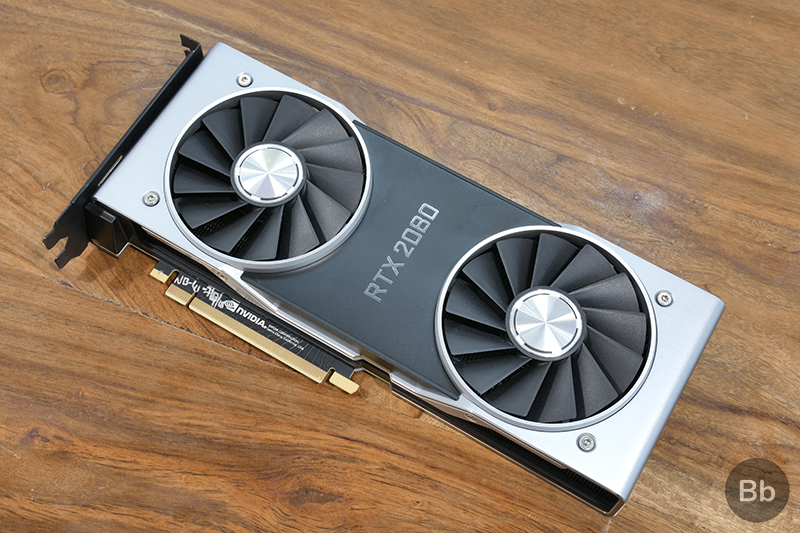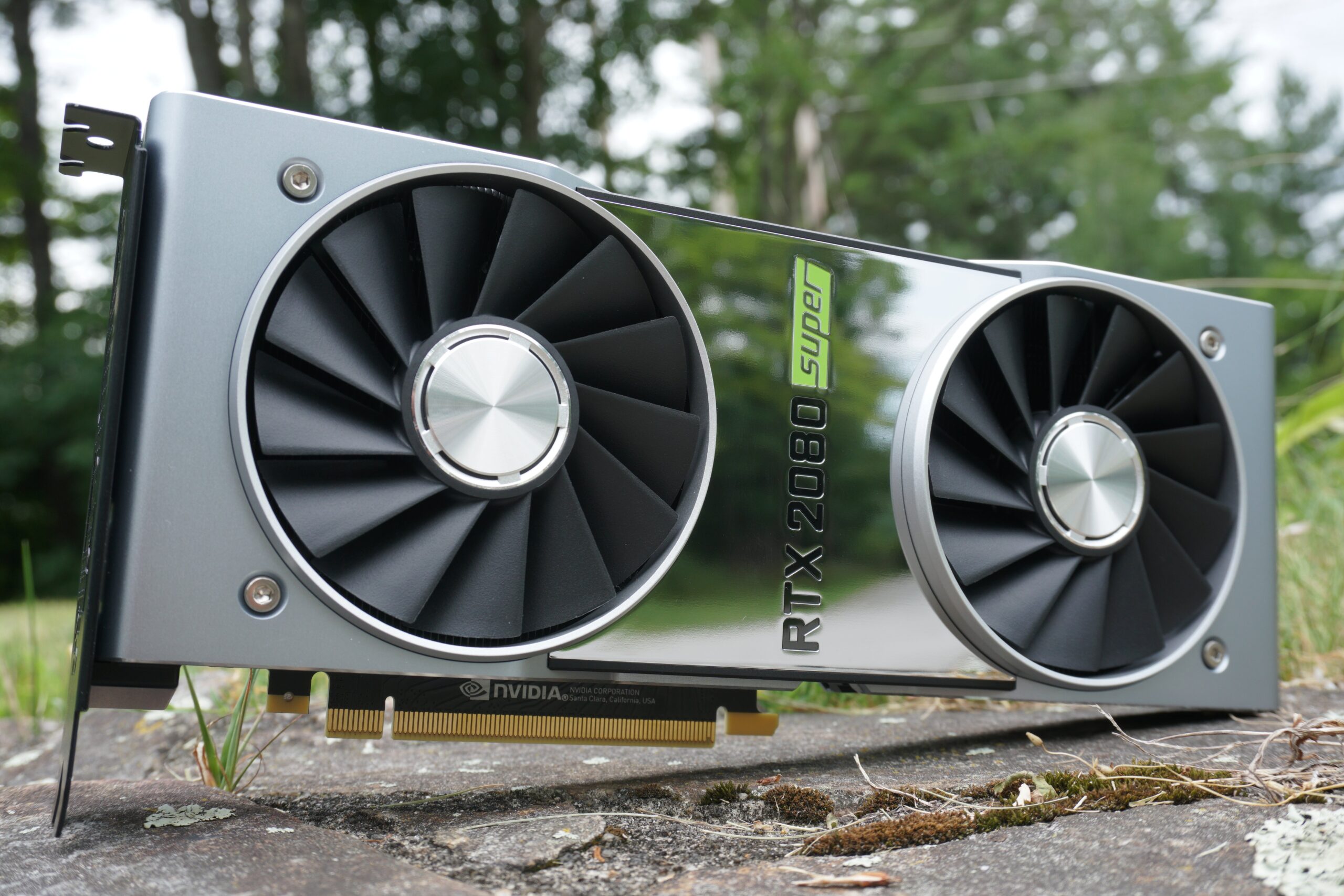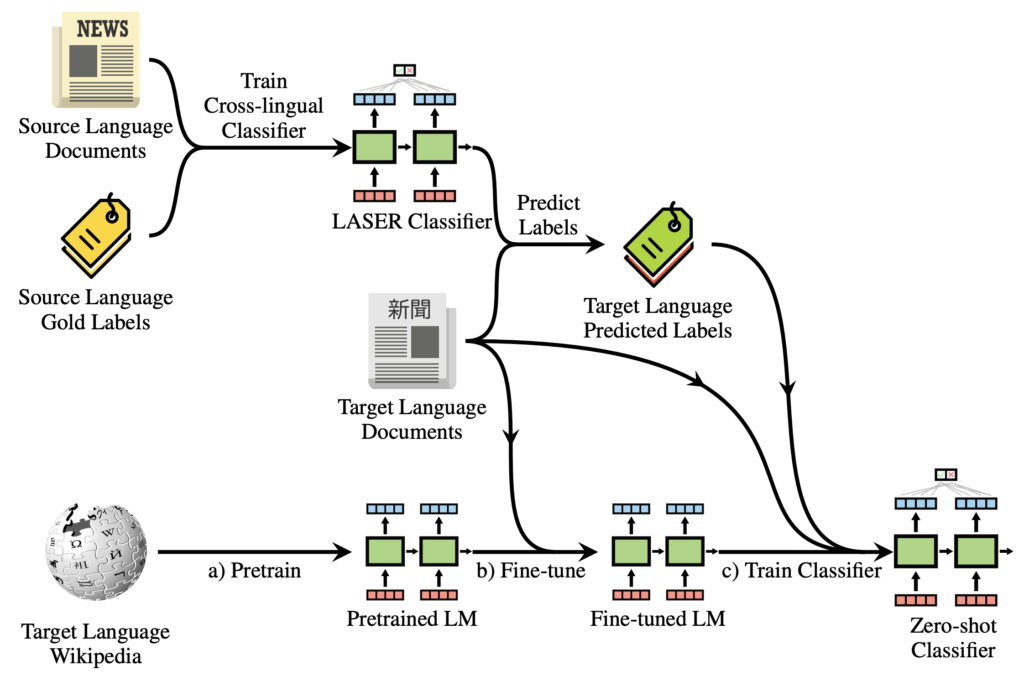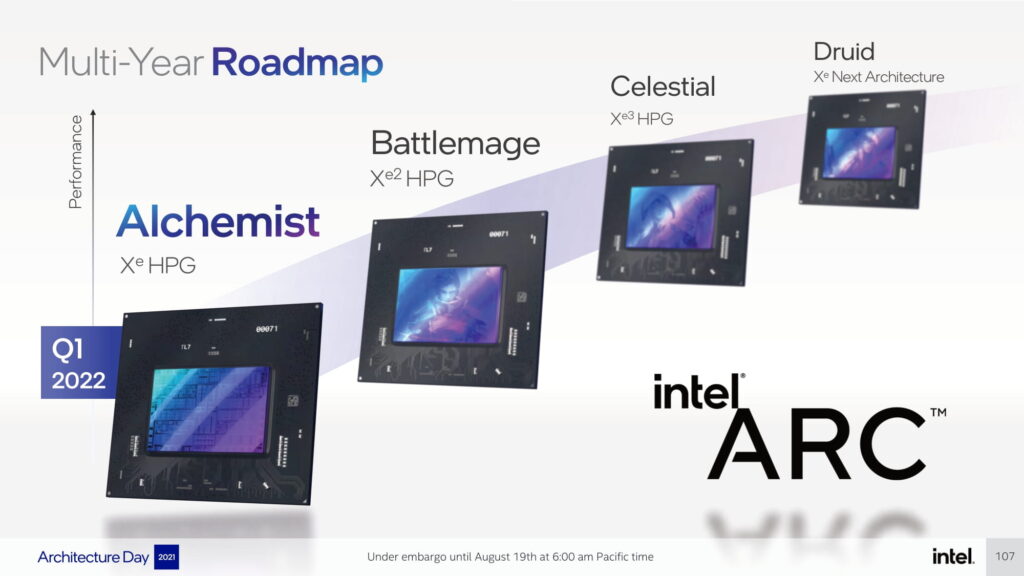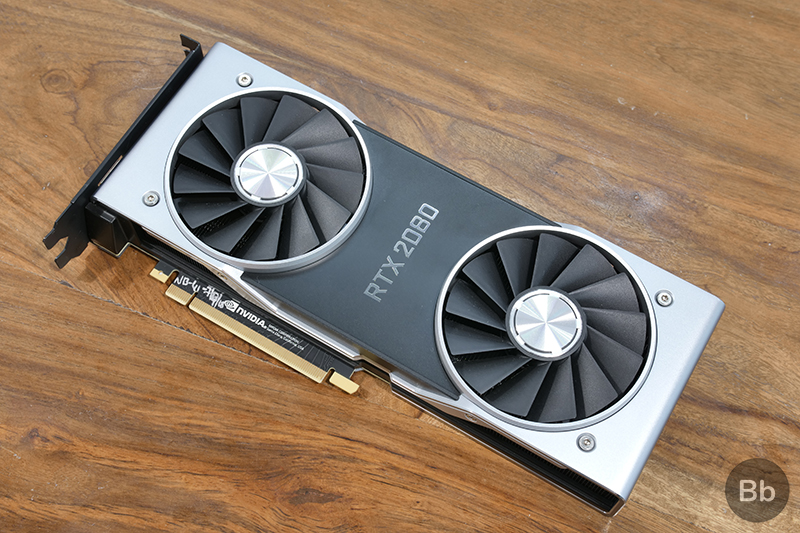
Gamescom 2018 marked Nvidia’s unveiling of their revolutionary 20xx series GPUs, replacing the previous GTX series with RTX. Having glimpsed the GPUs’ performance at Gamescom, I eagerly awaited testing them myself. Nvidia provided a review unit for the RTX 2080, positioned between the affordable RTX 2070 and flagship RTX 2080 Ti. Priced at $799 (Rs. 68,500 in India), is it worth it, or should you hold onto that kidney? Let’s find out in our review of the Nvidia GeForce RTX 2080 Founders Edition:
Nvidia GeForce RTX 2080 Founders Edition Specs
Before delving into the graphics card review, let’s swiftly cover the specifications. The Nvidia GeForce RTX 2080 Founders Edition boasts impressive specs, standing out from the competition.
| Architecture | Turing |
| CUDA Cores | 2944 |
| Core Clock | 1515MHz |
| Boost Clock | 1800MHz |
| TFLOPs (FMA) | 60 TFLOPs (8 Giga Rays) |
| Memory Clock | 14Gbps GDDR6 |
| Memory Bus Width | 256-bit |
| VRAM | 8GB |
| TDP | 225W |
What’s in the Box
The package contains the RTX 2080 Founders Edition, a DisplayPort to DVI Converter, and a couple of booklets.
- Nvidia GeForce RTX 2080 Founders Edition
- DisplayPort to DVI Converter
- Quick Start Guide
- Support Guide
Design and Build Quality
Nvidia’s Founders Edition cards have maintained consistent design language for years, impressively crafted with premium materials. The RTX 2080 boasts symmetrical dual-fan setup and subtly powerful RTX branding.
The biggest change is the dual-fan setup replacing the single-fan blower system from previous generations. Its impact on thermal performance will be discussed later in this review.
The bottom part of the GPU houses the PCI Express x16 pins, while the upper half contains the next-gen 8-phase power supply and a GeForce GTX SLI HB bridge port.
Regarding ports, you get 3x DisplayPort, an HDMI port, and a Type-C port for VirtualLink, followed by the exhaust for the fans.
Lastly, the GeForce RTX logo on the GPU’s top looks amazing, especially when illuminated in Nvidia’s signature green.
Overall, the RTX 2080 boasts exceptional build quality, as it always has. Nvidia has introduced an impressive new design.
Performance
Nvidia’s latest Turing Architecture promises a 6X performance increase over previous GPUs, primarily focused on Ray Tracing technology, although not yet accessible for gamers. I focused on evaluating the raw performance of the RTX GPUs.
For testing the RTX 2080, I installed it on my test system equipped with an Intel i7-8700K processor and 32GB of DDR4-3200MHz RAM. Benchmarks were conducted with the OS on a 120GB SSD and games on a 2TB 7200RPM HDD.
In all tests, games ran at 1920×1080 resolution with maxed-out graphics settings labeled as Very High, Ultra, Extreme, etc. Nvidia GeForce RTX 2080 Founders Edition Synthetic Benchmarks. Scores represent Avg FPS
The RTX 2080 excels in benchmarks, outperforming in the 3DMark FireStrike Benchmark, the industry standard for DirectX12 Gaming. In gaming, it surpasses previous flagships like The Witcher 3 and scores 109 in the industry standard, Metro Redux. In other games, the GPU consistently scores above 100FPS, with only a slight dip in Hunt Showdown.
In a prior review of the GeForce GTX 1080 Ti, it managed 122 FPS in the 3DMark FireStrike Benchmark, a mark easily surpassed by the RTX 2080. Notably, these tests occurred on distinct benches. For those curious about the RTX 2080’s superiority over the 1080 Ti, a forthcoming detailed article will provide insights.
The GPU undoubtedly excels in 4K resolutions as well. However, as 4K is capped at 60FPS, I focused solely on 1080p for maximum RTX 2080 performance. A detailed benchmark review of the RTX 2080 is available for reference.
Ray Tracing and DLSS
The primary benefit of the new RTX GPUs is Ray Tracing. Unfortunately, this feature won’t be usable in games until Microsoft releases the RS5 update, which will bring DirectX for Ray Tracing (DTR) support. As for DLSS, it only works on 4K systems and also requires the Microsoft update. Nvidia did provide a demo of Epic Games’ Infiltrator, illustrating the basic difference DLSS offers.
Noticeably, DLSS presents a disparity, yet it doesn’t substantially alter the overall experience, particularly if you’re not gaming at 4K. Granted, the flagship series is tailored for 4K, yet numerous individuals, myself included, prioritize higher frames at 1080p over 4K. Consequently, DLSS holds minimal significance for them, truth be told.
Thermals
Ah, the thermals. Honestly, Nvidia’s GPUs have always excelled, but their thermal management in the Founders Edition cards disappoints compared to their AIB counterparts. Yet, with the new RTX series, Nvidia ditches the single fan setup for a dual-fan system. As a critic, my favorite review section is where I can spotlight product flaws. In this regard, I dislike the RTX 2080 because there’s hardly anything to critique.
According to Nvidia, the RTX 2080 utilizes “dual-axial 13-blade fans with a new vapor chamber for ultra-cool and quiet performance.” Essentially, it features a dual-fan system and delivers impressive performance. In gaming, benchmarking, or stress testing, temperatures typically range between 60-80 degrees Celsius. In my tests, the RTX 2080 maintained a temperature below 62 degrees Celsius after 30 minutes of rigorous synthetic benchmark stress testing.
Testing this GPU extensively, I played Shadow of the Tomb Raider, one of the most graphics-intensive games, for over 4 continuous hours. Surprisingly, the maximum temperature reached was only 77 degrees, which is remarkable. The RTX 2080 handles heavy loads adeptly while maintaining low temperatures. Notably, the GPU supports out-of-the-box overclocking up to 1.8GHz, and given its efficient thermal management at base frequencies, I anticipate it will remain cool even at higher frequencies.
Pricing and Availability
The Nvidia GeForce RTX 2080 costs $799 in the US. Converted, that’s roughly Rs. 58,000, while Nvidia’s official price in India is Rs. 68,500, resulting in a Rs. 10,500 premium. It’s not quite Apple’s pricing strategy, but still a steep increase. Pre-orders for the GeForce RTX are available with shipping estimated for September 27th. With such a high price, one may question whether the Nvidia RTX 2080 is truly worth it.
Nvidia GeForce RTX 2080: Is It Worth the Price?
Now, many of you may wonder: Is the RTX 2080 worth it? In a few weeks, the prices of the GTX 1080 and GTX 1080 Ti will drop, making them more affordable. So, which GPU should you choose? If you’re a gamer seeking a long-term investment, the RTX 2080 is ideal. However, for better value, the GTX 1080 Ti makes more sense, offering nearly identical performance, especially at 1080p.
Truthfully, excluding Ray Tracing, the RTX 2080 doesn’t offer much more than the GTX 1080 Ti. While Ray Tracing marks a significant shift in gaming technology, its adoption by developers and gamers is still in its early stages, likely taking a year or more. If purchasing a GPU now, opting for the GTX 1080 Ti at reduced prices would be my preference.
To clarify, the RTX 2080 isn’t a poor choice, but without Ray Tracing, it appears overpriced compared to the GTX 1080 Ti.
- Excellent Design and Build Quality
- Impressive Performance
- Pre-installed Overclocking
- Exceptional Thermal Management
- Will be deemed overpriced until Ray Tracing is properly adopted and implemented
Nvidia GeForce RTX 2080 Founders Edition: ($799, Available in India for Rs. 68,500)
Nvidia GeForce RTX 2080 Founders Edition Review: Embracing Ray Tracing!
Ray Tracing is amazing. Experiencing it at Gamescom 2018 was revelatory. Yet, little tangible evidence exists beyond Nvidia’s recycled footage. This fact underscores a crucial reality. The RTX 2080 excels as a GPU, outperforming the GTX 1080 Ti while boasting superior thermal management. However, its true essence lies in Ray Tracing—a transformative technology promising effortless illumination in gaming environments. Regrettably, it remains in its nascent stage, with developers grappling to harness its full potential. Until game developers and Microsoft fully integrate this technology, prudent consumers should postpone investing in the RTX 2080.

Pritam Chopra is a seasoned IT professional and a passionate blogger hailing from the dynamic realm of technology. With an insatiable curiosity for all things tech-related, Pritam has dedicated himself to exploring and unraveling the intricacies of the digital world.

